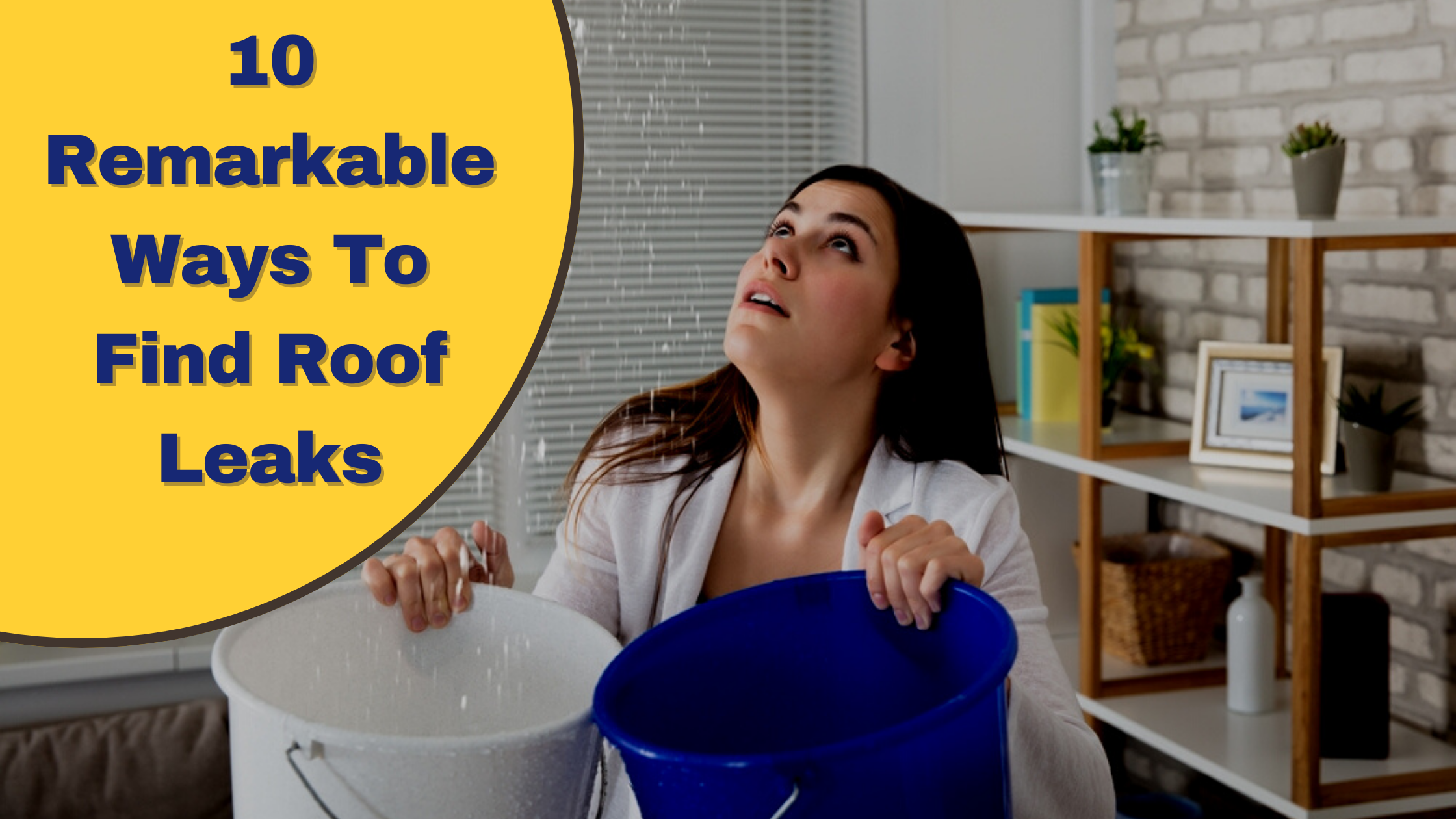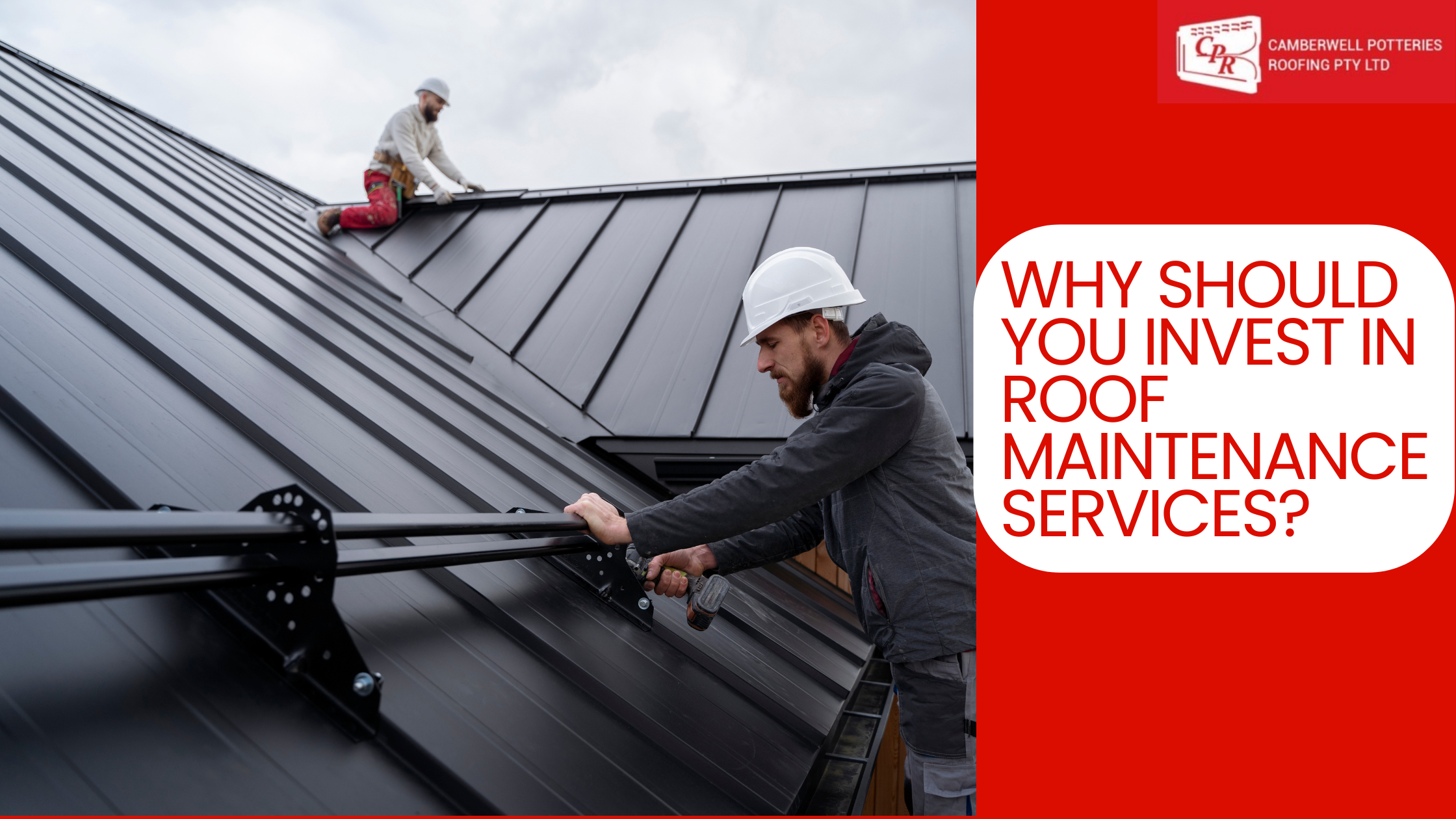Roof Replacement: How Much Time Does It Take?
Are you putting off a roof replacement project because you lack the time?
One of the major questions clients ask their roofing contractors is ‘How long does it take to replace a roof?’
Your roof is a critical element. So, replacing it when needed is essential. There will come a time when you can no longer ignore your roof’s condition and undertake roof replacement Melbourne.
However, there is no one-size-fits-all, and the time it takes depends on various factors. So, in this blog, let us uncover every detail regarding the time required to replace a roof.
How much time is required for roof replacement?
Every roof is unique, and that is the major reason why different roof replacements take different times.
Generally, an average residential roof with a 3000 square feet area or less can be replaced in a day. Again, this depends on various factors.
Reroofing contractors might take a few weeks to replace a roof if the weather, roof area, and complexity are severe.
Factors affecting the time required for roof replacement
-
Weather
If roof replacement is carried out in the winter season, it will require additional steps, adding up the overall time required. Moreover, the rainy season and snow are also unfavourable for roof replacement because it also increases the time needed for the project.
Similarly, if the weather is too hot, roofers will face difficulties working, and some tasks might not come off as effectively as they should.
Hence, the weather affects how long roof replacement will take and also when you can replace it.
-
The complexity of your roof
The number of facets, hips, angles, valleys, and the roof’s pitch defines its complexity.
So, a roof with more numbers of facets at various angles, valleys, hips, and a steep pitch is challenging to replace. Also, it will take more time and cost you more.
The complexity of the roof also outlines the safety precautions a roofer has to take. The more the height of the roof, the more precautions roofers have to take. Also, they need to tackle everything and move slowly. Hence, the time for roof replacement increases.
Reroofing contractors will replace a simple roof in a day, but a complicated one might take a few days or weeks, based on the complexity.
-
Structural damage
Structural damage is among the significant factors that influence roof replacement time. If the roof is damaged more, it will take more time. Conversely, if it is less damaged, it will be finished early.
For example, if only shingles are damaged, replacing them will take much less time. However, it will take longer if the structural damage goes down to the roof deck and other components.
-
Roof accessibility
Roof accessibility can be described as the contractor’s ability to access your roof. It is a notable factor one must consider.
For example, accessing your roof becomes harder if your property has many bushes, landscaping, and fences. Also, it becomes difficult to access your roof if you live on a street with densely packed houses.
Additionally, pitch and height also influence reroofing Melbourne time. Steep roofs require workers to use special safety measures and work slower.
Carpentry is yet another factor that you must consider. With a lot of decayed fascia, decking, or siding, the cost and time of roof replacement Melbourne will increase.
-
Roofing materials
Various roofing materials are available in the market. However, the type of roofing material you choose will largely affect roof replacement time.
- Asphalt shingles: Asphalt shingles are relatively easy and quick to install, and most roofers can complete a replacement job in a couple of days.
- Metal roofing: They are becoming popular due to their durability and energy efficiency. They are relatively quick to install, and most contractors can replace a metal roof in 2-4 days.
- Tile roofing: Tile roofs are durable and aesthetically pleasing, but they are also heavy and require specialised equipment for installation. Replacing a tile roof can take anywhere from a week to several weeks, depending on the roof’s size and the installation’s complexity.
- Slate roofing: Slate roofs are known for their beauty and durability. Replacing a slate roof can take several weeks, as a skilled roofer must install each slate tile individually.
- Wood shingles or shakes: Wood shingles or shakes are a traditional roofing material that provides a natural, rustic look to a home. They require specialised installation techniques and can take up to a week to replace.
Tips for a timely roof replacement
-
Choose a reputable contractor
It is necessary to select a licensed, insured, and experienced contractor. For this, ask for references and check their credentials before hiring them.
-
Plan for inclement weather
Roof replacement Melbourne should be done in dry weather conditions. Plan the project during the dry season to avoid any potential delays due to inclement weather.
-
Communicate with the contractor
Keep in touch with the contractor throughout the project to ensure everything is going according to plan and address any problems that may arise.
-
Keep the work area clear
Clear the work area of any obstacles that can impede progress. This will help the contractor work efficiently and safely.
-
Select the right materials
Choose durable and energy-efficient roofing materials suitable for your climate and budget. The right materials can help prolong the lifespan of your new roof.
-
Schedule the project in advance
Schedule your reroofing Melbourne well in advance to ensure you have enough time to hire a contractor, research materials, and prepare for the project.
How to find out if you need a new roof?
-
Your roof is old
To know the age of your roof, you can check the receipts and records for the last replacement or instalment dates. If the time window has passed, you can consider roof replacement Melbourne.
Generally, a roof can last up to 15 to 30 years. However, the life of a roof depends on the material used. For example, asphalt shingles last 15 to 20 years, and metal roofs last for 20 to 50 years.
-
Shingle damage
Have your shingles curled, cupped, or clawed? These are the telltale signs of a roof nearing the end of its life. At this point, all that is required is a gust of wind for your shingles to fall off.
Missing shingles is not a positive sign. Also, the more you ignore this problem, the more severe it will become, requiring a roof replacement.
-
Water damage
Noticeable water damage inside your home is an upfront sign of an ineffective roof. Such damage can result from compromised shingles, ice dams, damaged flashing, or poor installation methods.
Moreover, such leaks do not recover on their own. You will need reroofing Melbourne or repair.
-
Unwanted houseplants
Moss formation on your roof is a sign of trouble.
Moss itself is harmless and does not generate any dangerous spores. However, the peril is the ability of the moss to retain moisture.
When rainwater settles on a roof, it can dry off after some time. However, with moss on your roof, the moisture will be retained, damaging your roof severely.
Wrapping up!
Roof replacement Melbourne can be a significant project for many homeowners. However, the misconception about the time required for roof replacement compels homeowners to procrastinate, leading to more damage.
However, as discussed above, the roof replacement time will depend on various factors. So, call roofing contractors to replace your roof. They might get it done in no time.
10 Remarkable Ways To Find Roof Leaks
In Australia, when it rains, it pours. And if you are a homeowner, you know that this can often mean a frantic search for the source of a leaky roof.
The truth is, finding a roof leak can be a daunting task, especially if you do not know where to start.
Water can travel along rafters and sheathing before it finally drips onto your ceiling. This creates difficulties in pinpointing the exact location of the leak. Furthermore, your roof can also require roofing restoration Melbourne if the damage is not addressed immediately.
But fear not, as there are sure-shot ways to find roof leaks. So, put on your thinking cap and explore solutions to this common problem.
How to find a leaky roof?
-
Check for Water Spots on the Ceiling
If you notice any water spots on your ceiling, this could be a sign of a roof leak.
It is necessary to check the area directly above the water spot to see any obvious signs of damage or holes in the roof. If you cannot find any obvious damage, the water might be coming from a less visible area, such as a roof vent or chimney.
-
Check the Attic
It is essential to check the attic when finding a leakage.
You can look for wet insulation, water stains, or mold. Moreover, you should also carry a flashlight, check for any gaps in the vent pipes, roof, or chimney, and analyse if they are properly sealed.
Also, do not forget to inspect the roof decking for water stains or holes that allow water to enter. If you find leaks in the attic, call roofing contractors for roofing restoration Melbourne and solve the issue before it doubles up.
-
Inspect the Shingles
Next, inspect the shingles. Examine missing, damaged, or cracked shingles that allow water to penetrate the roof.
If you see any, replace them as soon as possible. You can also check the metal flashing around the chimneys, roof edges, and vent pipes, as these areas are common spots for leaks.
Moreover, if you find the damage to the shingles is beyond repair and the leaking water has penetrated the structural frame, you will need roof replacement Melbourne.
-
Use a Hose
If you have checked the attic and inspected the shingles but still cannot find the leak, it is time to bring out the hose.
Get a helper to assist you and ask them to run the hose on the roof while you inspect the interior for water leaks. Start from the foot of the roof and work your way up.
Also, do not forget to test the valleys where two roof planes meet and any areas around dormers or skylights. With a bit of elbow grease and teamwork, you will soon find that leak.
However, you can hire roofing contractors to thoroughly inspect your roof, find leaks, and get roofing restoration Melbourne.
-
Inspect the Gutters
The gutters may be the last thing on your mind when searching for roof leakages, but they are essential to your home’s drainage system.
Clogged or damaged gutters can cause water to overflow onto your roof, leading to leaks. Ensure the gutters are free from debris and securely attached to your roof. Also, check for any holes or cracks in the gutters or downspouts.
-
Look for Condensation
Condensation can also cause water stains and mold growth in your attic, compelling you to believe you have a leaky roof and need roofing restoration Melbourne.
So, inspect the attic for signs of condensation, such as water droplets on the walls or ceiling. Check the vents in your attic to ensure they are not blocked, and make sure your insulation is properly installed.
-
Use an Infrared Camera
An infrared camera can help you detect leaks by identifying temperature differences in the roof’s surface.
When moisture enters your roof, it can cause a temperature difference that is detectable with an infrared camera. This method is particularly useful if you suspect the leak is coming from an area that is difficult to access, such as a flat roof.
However, you can hire a professional roofing contractor if you do not want to invest in an infrared camera. They can easily find roof leakages with their skills and equipment.
-
Inspect the Chimney
If you have a chimney, inspecting it for signs of damage or leaks is critical.
Find the signs of cracks in the bricks or mortar, damaged flashing, or missing caulk around the chimney. Moreover, chimneys are a common source of roof leaks, so checking them regularly is beneficial.
-
Check for Missing or Damaged Roof Vents
If the flashing around the vent is damaged or missing, water can seep into the roof and cause leaks.
Hence, examining your roof vents time and again is as crucial as having a cold drink on a scorching summer day. If you notice any damage, replacing the vent and flashing as soon as possible is best.
-
Hire a Professional
Even after trying everything, if you cannot find roof leakages, it is time to call in the experts and let them have a captain cook.
An experienced roofing contractor will have the skills and know-how to comprehensively inspect your roof and suggest the best action to fix any leaks. Do not try to DIY this one – leave it to the professionals and enjoy a cold one while they take care of it.
What will happen if you do not address roof leaks?
- Structural Damage: Water ingress can weaken the structural integrity of your home’s roof and foundation, leading to costly repairs or even roof replacement Melbourne.
- Health Problems: Moisture from roof leaks can create a breeding ground for mold and mildew, triggering allergies and respiratory problems.
- Electrical Hazards: Leaking water can come into contact with electrical wiring. It results in short circuits and potentially lethal electric shocks.
- Increased Energy Bills: Moisture can also compromise insulation, leading to increased heating and cooling costs as your HVAC system works harder to maintain a comfortable temperature.
- Pest Infestations: Roof leaks can attract pests, such as insects and rodents, which can cause damage and spread disease.
- Reduced Property Value: A damaged roof can reduce the value of your home. As a result, selling or refinancing your property will be harder.
- Inconvenience and Disruption: If your roof leaks for a longer time, it will lead to more damage. Moreover, major damage will need more repairs and cause inconvenience and noise in your neighbourhood.
A stitch in time saves nine. So, address a leaky roof pronto to evade these probable consequences and keep your home safe and sound with roofing restoration Melbourne.
The bottom line!
If you want to prevent costly damage to your home and ensure your family’s safety, detect roof leakages early.
By following the ways discussed above, you can easily identify the source of roof leakages and take action to fix them. However, there are several ways to skin a cat, so try different methods until you find the one that works best for you.
However, calling professional roofing contractors is a good idea if you do not fancy being a roof detective.
They are experienced and skilled in taking care of roofs. So they can give top-notch advice and manage your roof damage in no time. Plus, they can save you from climbing up on the roof yourself, which is a bonus!






